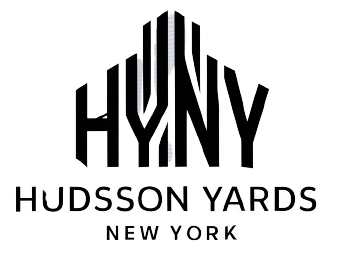Introduction to Plasma Donation Compensation
Plasma donation plays a vital role in treating various chronic diseases and saving lives. As a result, plasma donation centers offer compensation to donors for their time and effort. In this article, we will explore how much BioLife pays for plasma donations and factors that influence compensation.
Why Plasma Donation is Important
Plasma is a crucial component in developing treatments for chronic diseases such as hemophilia, immune deficiencies, and neurological disorders. Plasma therapy relies on a steady supply of plasma from donors to create life-saving medications. Without the generosity of plasma donors, many individuals with chronic illnesses would face significant challenges in managing their conditions.
Overview of Plasma Donation Centers
Several plasma donation centers operate in the United States, including BioLife Plasma Services, CSL Plasma, and Octapharma. These centers compete to attract donors by offering competitive compensation and incentives. The location and accessibility of donation centers can influence a donor’s decision to participate.
How Much Does BioLife Pay for Plasma?
BioLife Plasma Services offers a structured compensation plan for both new and returning donors. The exact amount paid for each donation can vary depending on location and current promotions. Let’s take a closer look at the compensation breakdown.
Compensation for New Donors
New donors at BioLife can earn up to $900 for their first eight donations, with current promotions advertising up to $1,000 at CSL Plasma. To maximize their earnings, new donors must donate at least twice a week for a month. This frequency allows new donors to take full advantage of the higher compensation rates during the initial donation period.
Compensation for Returning Donors
Returning donors at BioLife can expect to earn between $30 to $70 per donation session. The exact amount may depend on factors such as the donor’s weight, which determines the volume of plasma collected. With consistent donations, returning donors can potentially earn over $400 per month.
Payment Methods and BioLife Debit Card
BioLife Plasma Services issues a Mastercard debit card to donors for managing their compensation. The BioLife debit card automatically loads funds after each successful donation, allowing donors to easily access their earnings. This payment method offers convenience and flexibility, as donors can use the card for purchases or withdraw cash as needed.
Factors Influencing Plasma Donation Compensation
Several factors can impact the compensation received for plasma donations. Understanding these variables can help donors make informed decisions and maximize their earnings.
Frequency of Donations
The frequency of donations plays a significant role in determining overall compensation. New donors must commit to a higher donation frequency to receive the maximum compensation advertised. Returning donors can maintain a consistent donation schedule to ensure a steady income stream.
Promotions and Bonuses
Plasma donation centers often offer promotions and bonuses to attract and retain donors. These incentives can include:
- Higher compensation rates for new donors
- Referral programs, such as the Buddy Bonus, which rewards donors for bringing friends or family members to donate
- Loyalty programs that provide additional compensation for consistent donations over time
Taking advantage of these promotions can significantly boost a donor’s earnings.
Plasma Donation Process and Requirements
To ensure a safe and efficient donation process, plasma centers have specific requirements and procedures in place.
Eligibility Criteria
Potential plasma donors must meet certain eligibility criteria, including:
- Being at least 18 years old
- Weighing over 110 pounds
- Passing a medical screening and physical examination
- Having a valid government-issued ID and proof of address
Meeting these requirements is essential for becoming a plasma donor.
Donation Procedure
The plasma donation process typically takes between 45 minutes to 2 hours, depending on the individual and the donation center. The procedure involves:
- Registration and screening
- A physical examination by a healthcare professional
- The actual plasma collection process, where blood is drawn, plasma is separated, and red blood cells are returned to the donor
- Post-donation refreshments and a brief rest period
Healthcare professionals at BioLife Plasma Services guide donors through each step to ensure their safety and comfort.
Potential Side Effects
While plasma donation is generally safe, some donors may experience minor side effects, such as:
- Fatigue
- Dizziness
- Bruising at the injection site
These side effects are usually temporary and can be minimized by staying hydrated, eating a balanced meal before donating, and following the post-donation guidelines provided by the center.
Conclusion
Plasma donation is a noble act that helps save lives and support individuals with chronic diseases. BioLife Plasma Services offers competitive compensation for both new and returning donors, with the potential to earn hundreds of dollars per month. By understanding the factors that influence compensation and the donation process, individuals can make informed decisions about becoming plasma donors. While the monetary incentive is appealing, the real reward lies in knowing that each donation contributes to the well-being of others in need.
See also:
- How Much Does Immunotek Pay for Plasma? Find Out Here!
- How Much Does Half Price Books Pay for Books? Find Out Now!
- How Much Does Instagram Pay for 1 Million Views? Find Out Now!
- What Is Semi Monthly Pay? Understanding the Basics and Benefits
- How Much Does 100k Views on YouTube Pay? Discover the Earnings!






